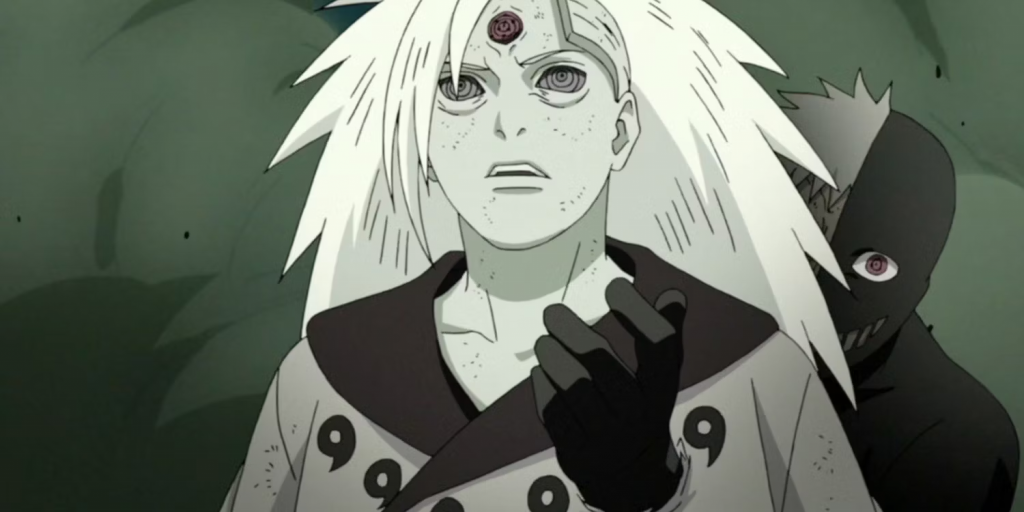
Masashi Kishimoto, the creator of Naruto, holds an esteemed position in the world of manga and anime. With Naruto’s massive success, selling over 200 million copies and inspiring numerous adaptations such as movies, games, and light novels, it quickly solidified itself as one of the greatest series in the industry. In conjunction with Bleach and One Piece, it formed the prestigious triumvirate known as the Big Three of Shonen Jump. However, despite Kishimoto’s initial achievements, some of his subsequent narrative decisions have sparked debates among fans, leading to accusations of him potentially tarnishing the series. In this analysis, we will explore the positives and negatives of Kishimoto’s contributions to Naruto and assess the validity of these claims.
The Positive Aspects: Before delving into the criticisms, it is crucial to acknowledge Kishimoto’s undeniable talent as a mangaka and his significant contributions to the manga industry. One of his standout strengths lies in his exceptional ability to depict captivating fight scenes. This prowess is evident in the action-packed focus of Naruto Shippuden, where the majority of the fights are exhilarating and memorable. Kishimoto employed a variety of combat styles, showcasing both raw brawls filled with powerful attacks and strategic battles that required tactical thinking. Moreover, his world-building and character designs were widely acclaimed, demonstrating his dedication to crafting a visually stunning and immersive universe. These achievements highlight Kishimoto’s unwavering commitment to ensuring the success of his manga.
The Otsutsuki Faux Pas: One of the most divisive arcs in Naruto is the Fourth Great Ninja War. Readers either embrace it fervently or vehemently reject it; there seems to be little middle ground. The primary source of contention within this arc revolves around the introduction of Kaguya Otsutsuki and her son, Hagoromo Otsutsuki. These characters stood on an entirely different power level compared to any others, which initially seemed acceptable. However, Kishimoto’s need to add additional explanations and connections, such as making Naruto the reincarnation of Asura Otsutsuki, led to mixed reactions from fans. This decision of elevating Naruto to the status of a demi-god clashed with his initial portrayal as an underdog who relied on his determination and the power of the Nine-Tails. Consequently, this revelation significantly impacted the perception of Naruto’s personal achievements.

Another consequence of the Otsutsuki Clan’s introduction was the subsequent need to overhaul power levels. During the Fourth Great Ninja War, numerous formidable characters displayed their strength, yet none could match the overwhelming power of Kaguya Otsutsuki. To ensure the survival of the main characters, Kishimoto had to introduce plot armor, with Obito’s spirit granting Kakashi newfound abilities and strength through Six Paths Chakra. While previous instances of chakra transference had occurred in the series, they typically took place before a character’s demise. Thus, Obito’s posthumous assistance to Kakashi raised eyebrows and lacked proper explanation, leaving fans with a sense of confusion and inconsistency.
The Ruined Potential of Madara Uchiha: When Madara Uchiha made his grand entrance, fans held high expectations for him to become the ultimate final villain. All signs seemed to point in that direction, and Madara’s compelling backstory answered long-standing questions about the legendary Uchiha. He emerged as an indomitable force on the battlefield, and even the reanimated Hokage proved ineffective against his might. However, the narrative balance shifted when Hagoromo bestowed Naruto and Sasuke with newfound abilities.

Unfortunately, this shift in power dynamics undermined the potential of Madara Uchiha as a formidable adversary . Both Naruto and Sasuke, after receiving only a fraction of Hagoromo’s power, effortlessly overwhelmed Madara Uchiha. Sasuke’s lightning-fast attacks rendered Madara defenseless, and Naruto remained unaffected by the villain’s truth-seeking balls. This narrative choice by Kishimoto to make the young ninjas excessively powerful diminished the impact of Madara Uchiha as a final antagonist. It further compounded the issue with the introduction of Kaguya Otsutsuki, who is widely regarded as the weakest final villain in the series. Her resurrection felt forced and unnecessary, detracting from the potential grandeur of Madara’s role. Kaguya’s overpowered abilities, such as dimensional manipulation and the capability to neutralize Susanoo and conventional attacks, further diminished the significance of the conflict.

The declining quality of Kishimoto’s writing became increasingly apparent as the series progressed. This decline manifested itself when Kishimoto ventured into other projects, such as Samurai 8, which failed to garner significant acclaim. Upon his return to Boruto: Naruto Next Generations, the sequel series, Kishimoto’s creative choices have faced criticism. In an attempt to introduce fresh storylines and conflicts, he seemingly weakened the characters of Naruto and Sasuke, culminating in the unnecessary sacrifice of Kurama, the Nine-Tails. This decision left fans who grew up following Naruto understandably frustrated, as it seemed to disregard the growth and achievements of these beloved characters. Consequently, it becomes challenging to ignore the decline in Kishimoto’s writing and its impact on the series.
Conclusion: Masashi Kishimoto’s contributions to the Naruto series cannot be understated. His masterful depiction of fights, remarkable world-building, and captivating character designs played pivotal roles in the series’ initial success. However, as the narrative progressed, certain choices began to strain the story’s coherence and impact. The introduction of the Otsutsuki Clan and their godlike powers, coupled with the mishandling of Madara Uchiha’s potential, created divisive moments among fans. Furthermore, Kishimoto’s later projects and his decisions in Boruto: Naruto Next Generations have further fueled concerns regarding the declining quality of his writing. While it is essential to recognize his earlier achievements, it is equally crucial to acknowledge the criticisms and their impact on the series’ overall legacy. Ultimately, the evaluation of Kishimoto’s narrative choices and their effect on Naruto remains a subject of fervent debate among fans.
We bring out some of the most well-known Naruto collection, all of which are available at reasonable costs. Visit our link now if you are interested in the Naruto collection
Naruto Car Floor Mats, Akatsuki Clouds Car Floor Mats, Naruto Shippuden Car Accessories
Naruto Car Floor Mats, Akatsuki Hidan Car Floor Mats, Naruto Anime Car Accessories


Hidan, Kakuzu, Konan, Zetsu, Kisame, Hyuga, Tenten
